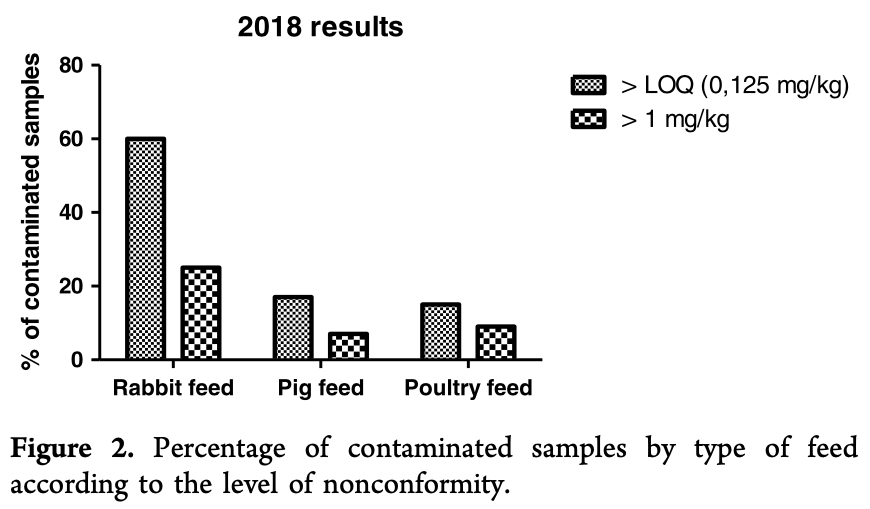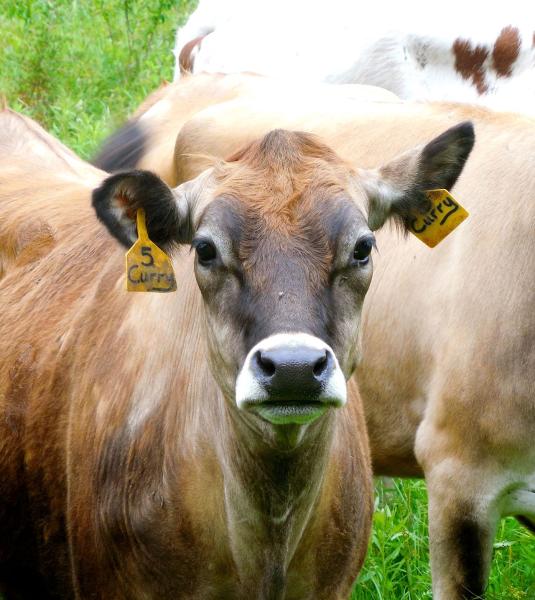There are few food fad movements that we support at ACSH. Organic food, for instance, is a total scam. So are most miracle diets and nutritional supplements. If you eat a relatively well-balanced diet, you're most likely going to be fine. No magical intervention is required.
But there is one movement we wholeheartedly support: The reduction of antibiotics in animal feed. The reason is because improper use of antibiotics -- such as trying to fatten up the animals or prevent infections -- contributes to the spread of antibiotic resistance. According to the World Health Organization, "In some countries, approximately 80% of total consumption of medically important antibiotics is in the animal sector, largely for growth promotion in healthy animals." That is terrible.
That's why purchasing meat at the grocery store that was derived from animals that were not fed antibiotics is a wise move. Yes, it costs more, but it's helping society in the long-run. Unfortunately, a substantial amount of the animal feed that is supposedly antibiotic-free actually isn't. The issue appears to be cross-contamination.
A new article published in the Journal of Agricultural and Food Chemistry examined 192 pig, poultry, and rabbit feed samples collected from farms that were supposed to be free of antibiotics. They used a common, sensitive chemistry technique known as liquid chromatography-mass spectrometry to detect the presence of 11 different antibiotics, such as amoxiciliin and trimethoprim.
 As shown in the figure, rabbit feed was the worst, with 60% of samples showing cross-contamination with antibiotics. Just under 20% of pig feed samples were similar contaminated, as well as roughly 15% of poultry feed samples.
As shown in the figure, rabbit feed was the worst, with 60% of samples showing cross-contamination with antibiotics. Just under 20% of pig feed samples were similar contaminated, as well as roughly 15% of poultry feed samples.
Even if the level of antibiotic contamination is low, this is still bad. Sub-therapeutic levels of antibiotics will select for resistant bacteria, which can then make their way into the environment and inside humans.
Food producers must be more diligent if they want to help fight the scourge of antibiotic resistance.
Source: Murielle Gaugain, et al. "Control of Antimicrobials in Feed Using Liquid Chromatography–Tandem Mass Spectrometry: Assessment of Cross-Contamination Rates at the Farm Level." J. Agric. Food Chem. 2020, 68, 34, 9033–9042. Published: August 13, 2020. doi: 10.1021/acs.jafc.0c02999




